- +91-7234999989
- info@kalyanamhospital.com
- Lucknow, UP
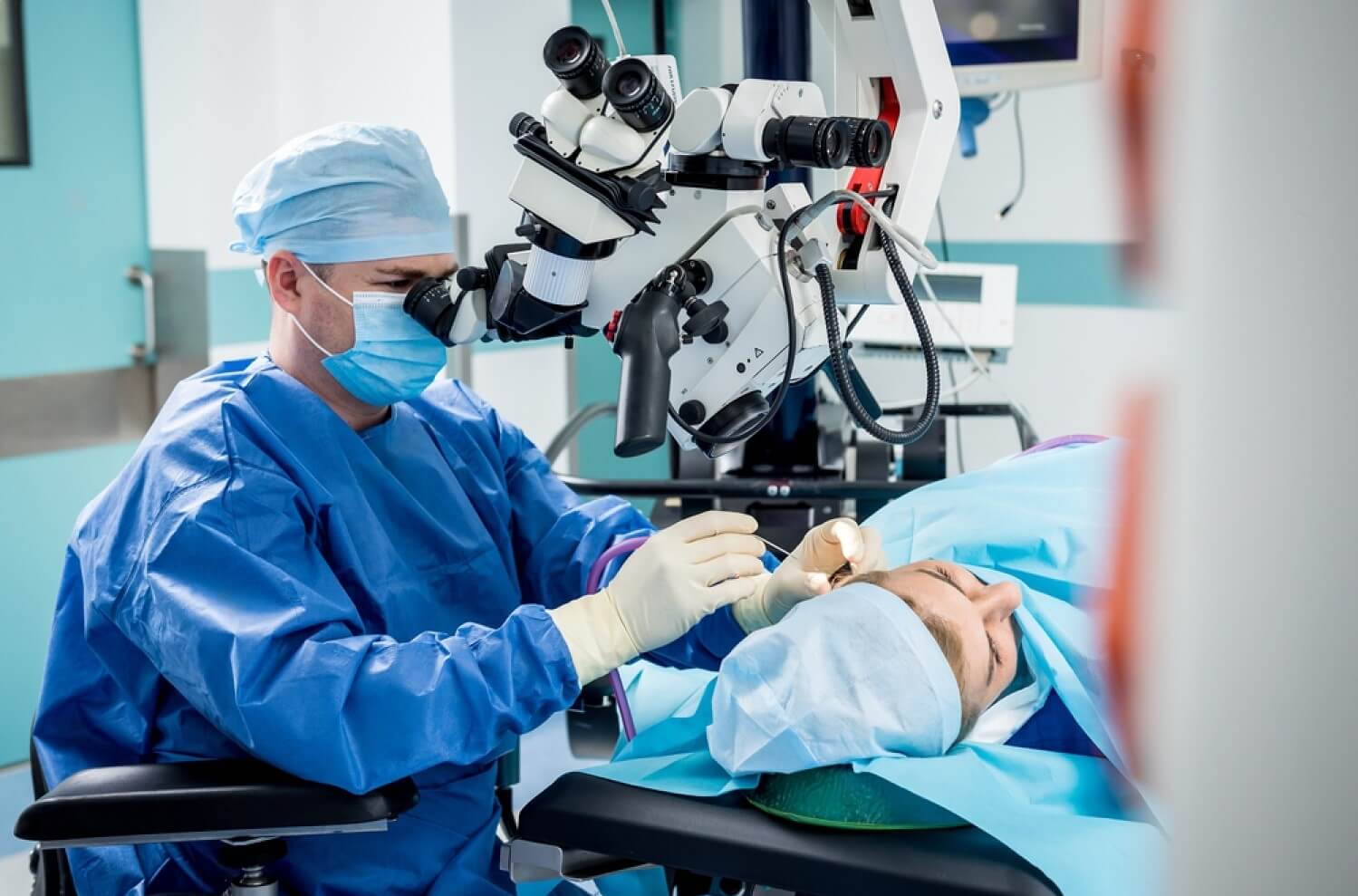
Tympanoplasty is a surgical procedure to repair a perforated eardrum (tympanic membrane) and restore hearing. It may also involve repairing or reconstructing the small bones in the middle ear. The surgery improves hearing, prevents infections, and helps maintain ear health. It is commonly performed under local or general anesthesia.
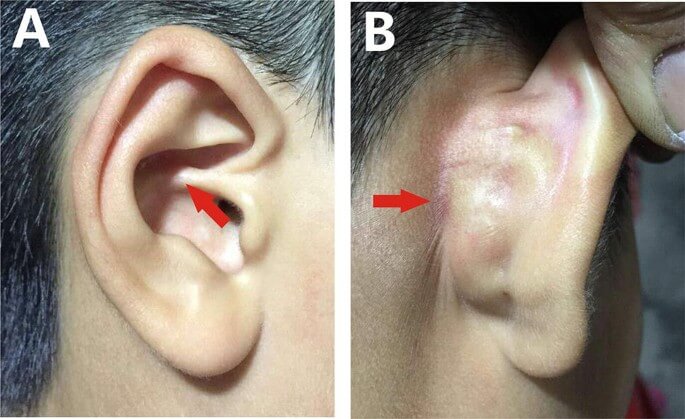
Post-Auricular Sinus Surgical Excision is a procedure to remove an abnormal tract or cyst located behind the ear. This congenital condition can lead to repeated infections or discharge. Surgical excision involves complete removal of the sinus tract to prevent recurrence, ensuring proper healing and improved cosmetic and functional outcomes.

Pre-Auricular Sinus Surgical Excision is a procedure to remove a congenital tract or pit located in front of the ear. This sinus can become infected or form abscesses. Complete surgical excision of the tract is done to prevent recurrent infections, offering a permanent solution and ensuring better cosmetic and medical outcomes.
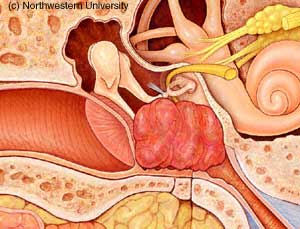
Glomus Tumor Surgery is a specialized procedure to remove a glomus tumor, typically found in the ear or skull base. These tumors can cause hearing loss, pulsatile tinnitus, and nerve-related symptoms. Surgery involves careful removal to preserve surrounding nerves and structures, often using advanced skull base techniques for optimal outcomes.
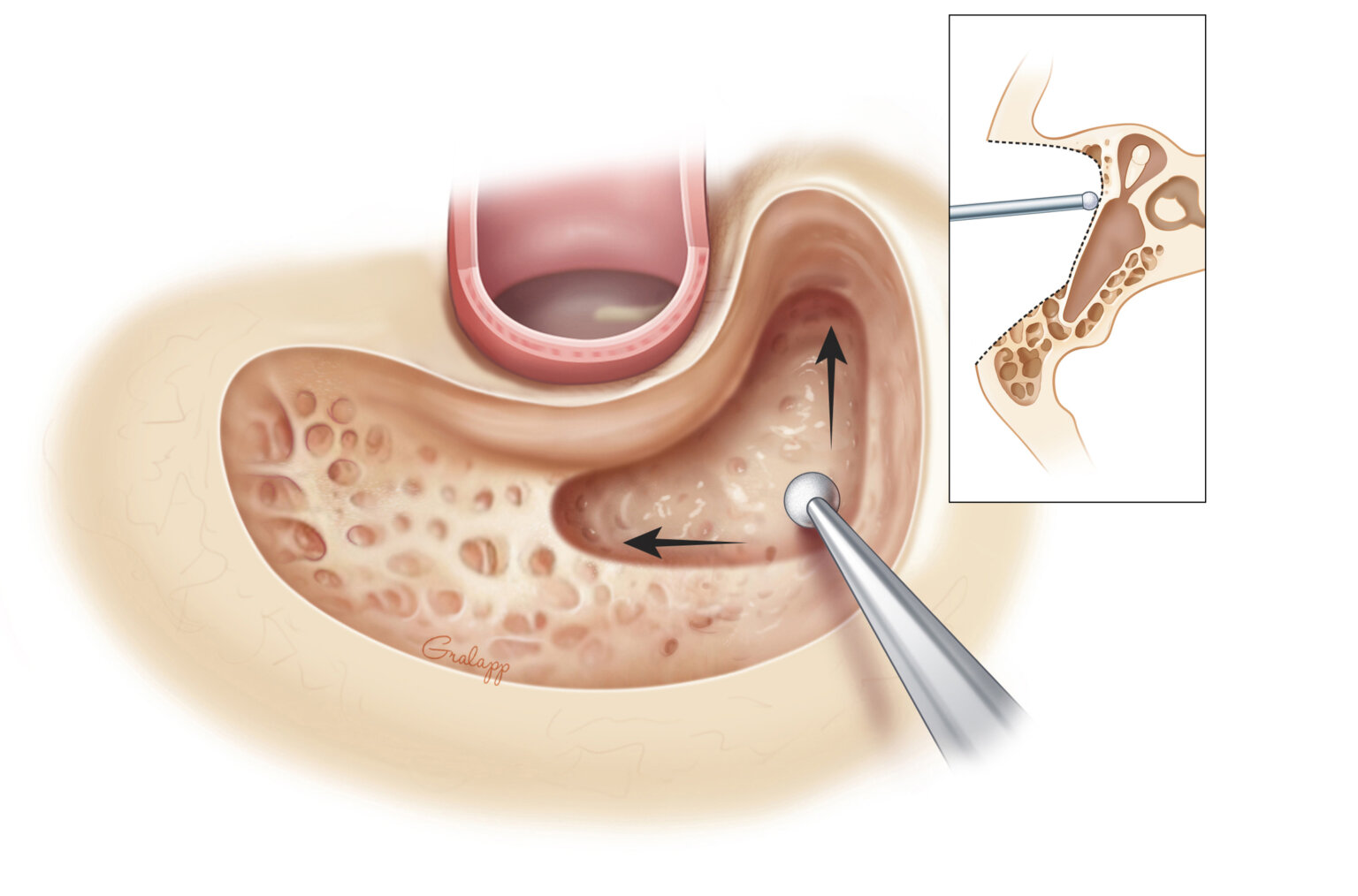
Mastoidectomy is a surgical procedure performed to remove infected or damaged air cells within the mastoid bone, located just behind the ear. It is commonly done to treat chronic ear infections, mastoiditis, or complications from cholesteatoma. The surgery helps eliminate infection, reduce symptoms, and prevent further complications while preserving ear function.

Cholesteatoma Surgery is performed to remove a noncancerous but destructive skin growth in the middle ear. This growth can erode bones, affect hearing, and lead to serious infections if left untreated. The surgery aims to completely remove the cholesteatoma, preserve or restore hearing, and prevent recurrence or further damage to surrounding structures.
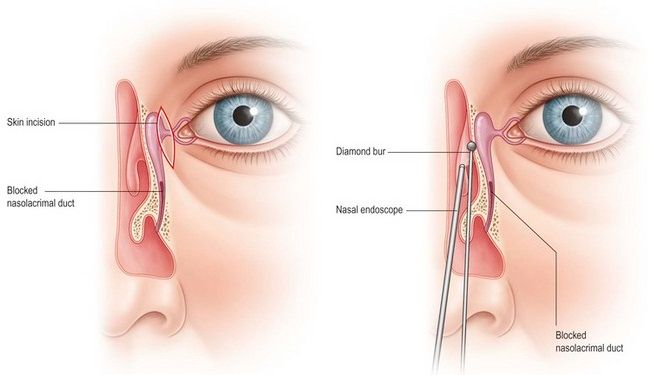
Endoscopic Dacryocystectomy is a minimally invasive surgical procedure to remove the lacrimal (tear) sac, usually due to chronic infection or obstruction. Performed through the nasal cavity using an endoscope, it avoids external incisions, reduces recovery time, and minimizes scarring. This technique is effective in managing persistent dacryocystitis and improving patient comfort.

Balloon Sinuplasty is a minimally invasive procedure used to treat chronic sinusitis and blocked sinuses. A small balloon catheter is inserted into the blocked sinus passage and gently inflated to widen the opening, improving drainage and airflow. It offers quick recovery, minimal discomfort, and is an effective alternative to traditional sinus surgery.

Endoscopic Sinus Surgery is a minimally invasive procedure used to treat chronic sinus conditions such as sinusitis, nasal polyps, and blocked sinus passages. Using a small camera (endoscope), the surgeon removes obstructions, restores sinus drainage, and improves airflow. This technique offers quicker recovery, less pain, and avoids external incisions for a more comfortable experience.
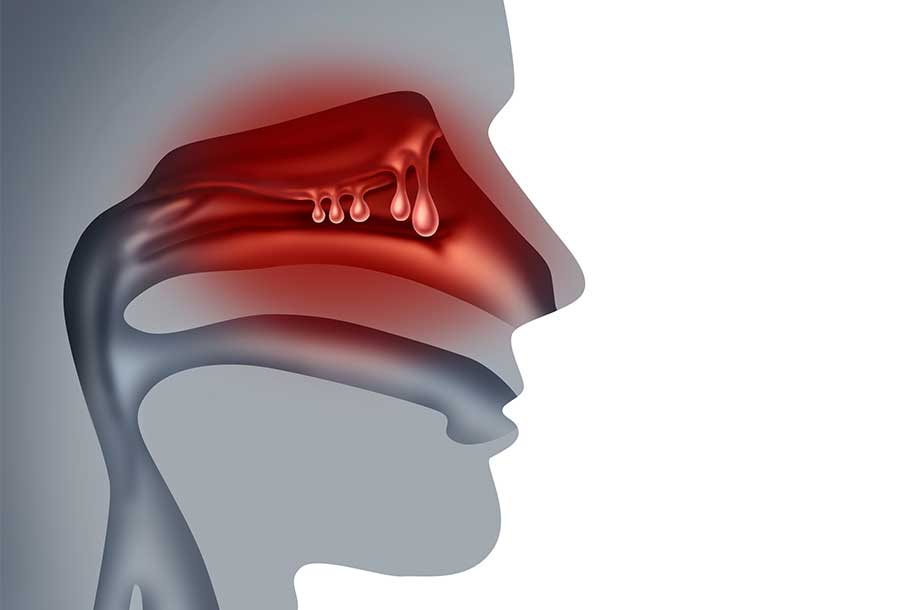
Nasal Polyp Removal is a surgical procedure to remove benign, swollen growths (polyps) from the nasal passages or sinuses. These growths can cause nasal congestion, difficulty breathing, and sinus infections. The procedure, often done using endoscopy, aims to improve airflow, relieve symptoms, and prevent recurrence, restoring normal sinus function.

Septoplasty is a surgical procedure performed to correct a deviated septum, a condition where the cartilage or bone separating the nasal passages is misaligned. This misalignment can cause breathing difficulties, sinus issues, and frequent infections. Septoplasty straightens the septum, improving airflow, reducing symptoms, and enhancing overall nasal function for better breathing.
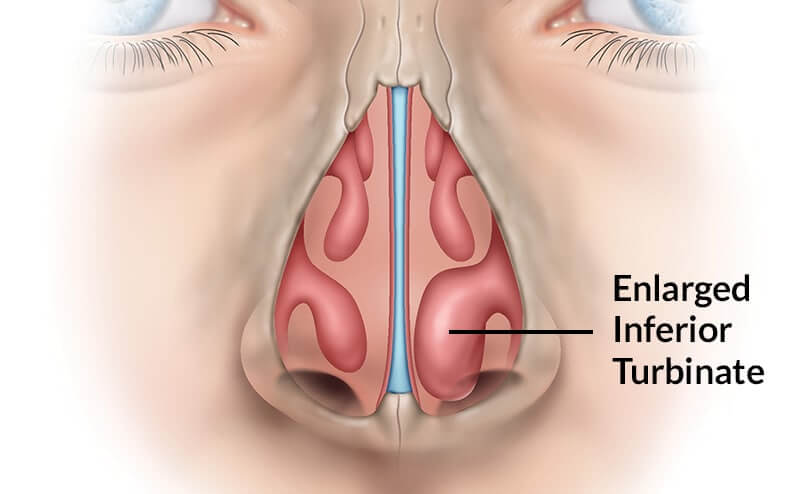
Turbinoplasty is a surgical procedure to reduce the size of the turbinates, the structures inside the nose that help filter and humidify air. When these turbinates become enlarged due to conditions like chronic rhinitis, they can obstruct airflow and cause difficulty breathing. Turbinoplasty reshapes or removes part of the turbinates to improve nasal airflow and alleviate symptoms.
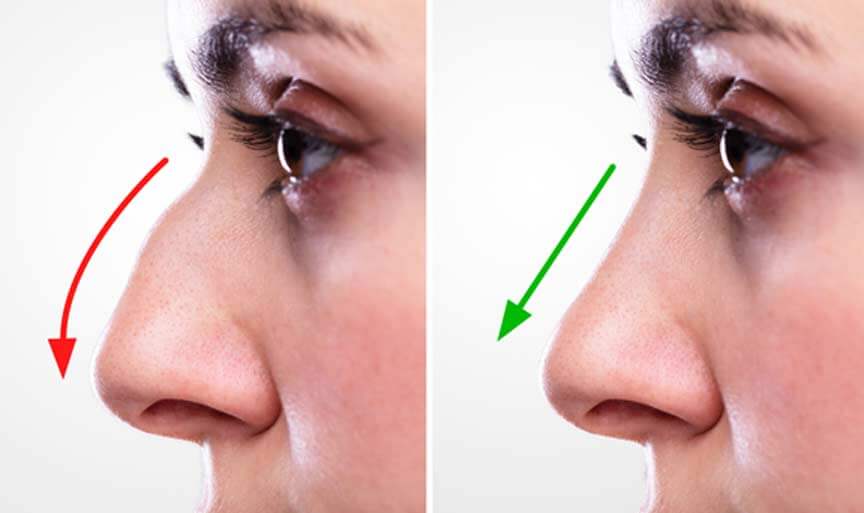
Rhinoplasty is a surgical procedure to reshape or reconstruct the nose for cosmetic or functional reasons. It can address aesthetic concerns, such as altering the nose's size, shape, or symmetry, and correct breathing problems caused by a deviated septum or other structural issues. Rhinoplasty enhances facial harmony and improves nasal function, with a focus on achieving natural-looking results.
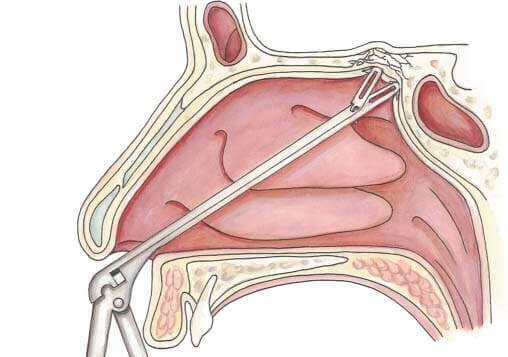
Endoscopic CSF Leak Repair is a minimally invasive procedure used to treat cerebrospinal fluid (CSF) leaks, which occur when the fluid surrounding the brain and spinal cord leaks through a hole or tear in the membranes. Using an endoscope, the surgeon locates and seals the leak, often through the nasal cavity. This technique reduces recovery time, minimizes scarring, and ensures a quicker, less painful recovery compared to traditional surgery.

Thyroidectomy is a surgical procedure to remove all or part of the thyroid gland, which is located in the neck. It is commonly performed to treat thyroid conditions such as thyroid cancer, hyperthyroidism, or large goiters. The procedure helps alleviate symptoms, prevent complications, and restore normal thyroid function by removing the affected tissue. Depending on the condition, a partial or total thyroidectomy may be necessary.
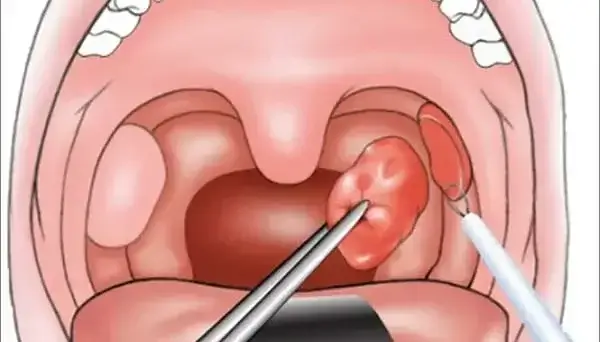
Tonsillectomy is a surgical procedure to remove the tonsils, which are two lymphoid tissues located at the back of the throat. This procedure is commonly performed to treat chronic tonsillitis, frequent throat infections, or sleep apnea caused by enlarged tonsils. The surgery helps improve breathing, reduce infections, and enhance overall throat health.
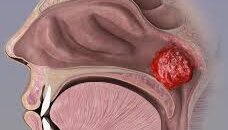
Adenoidectomy is a surgical procedure to remove the adenoids, which are lymphoid tissue located at the back of the nasal cavity. This procedure is commonly performed to treat chronic infections, breathing difficulties, or obstructive sleep apnea caused by enlarged adenoids. Removing the adenoids helps improve airflow, reduce infections, and enhance overall respiratory function.

Injection Laryngoplasty is a minimally invasive procedure used to treat vocal cord paralysis or weakness. During the procedure, a biocompatible substance is injected into the vocal cords to improve their function, enhancing voice quality and helping with breathing or swallowing difficulties. It's typically done through the mouth, without the need for external incisions.

Vocal Cord Surgery is a procedure aimed at treating various vocal cord disorders such as nodules, polyps, paralysis, or cancer. Depending on the condition, the surgeon may remove growths, repair damaged tissue, or correct structural issues. This surgery aims to improve voice quality, restore normal vocal cord function, and alleviate related breathing or swallowing difficulties.
